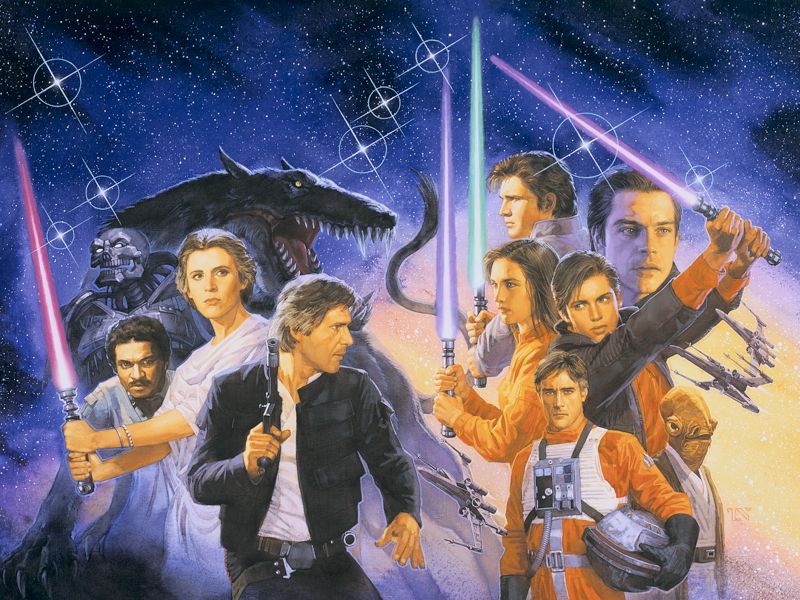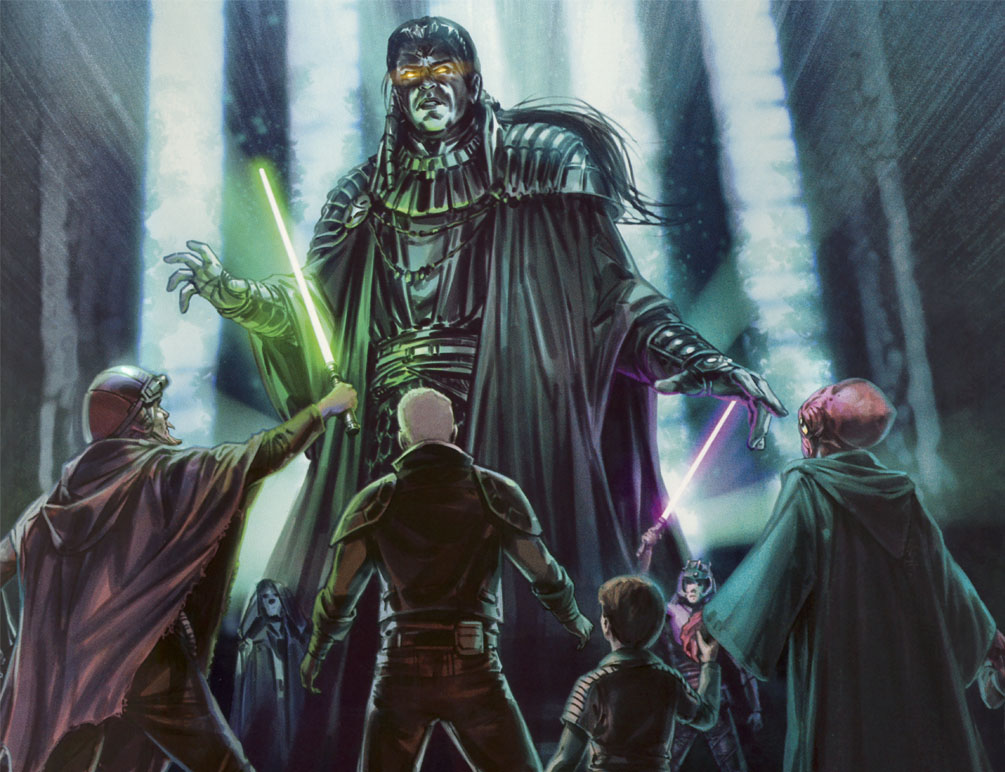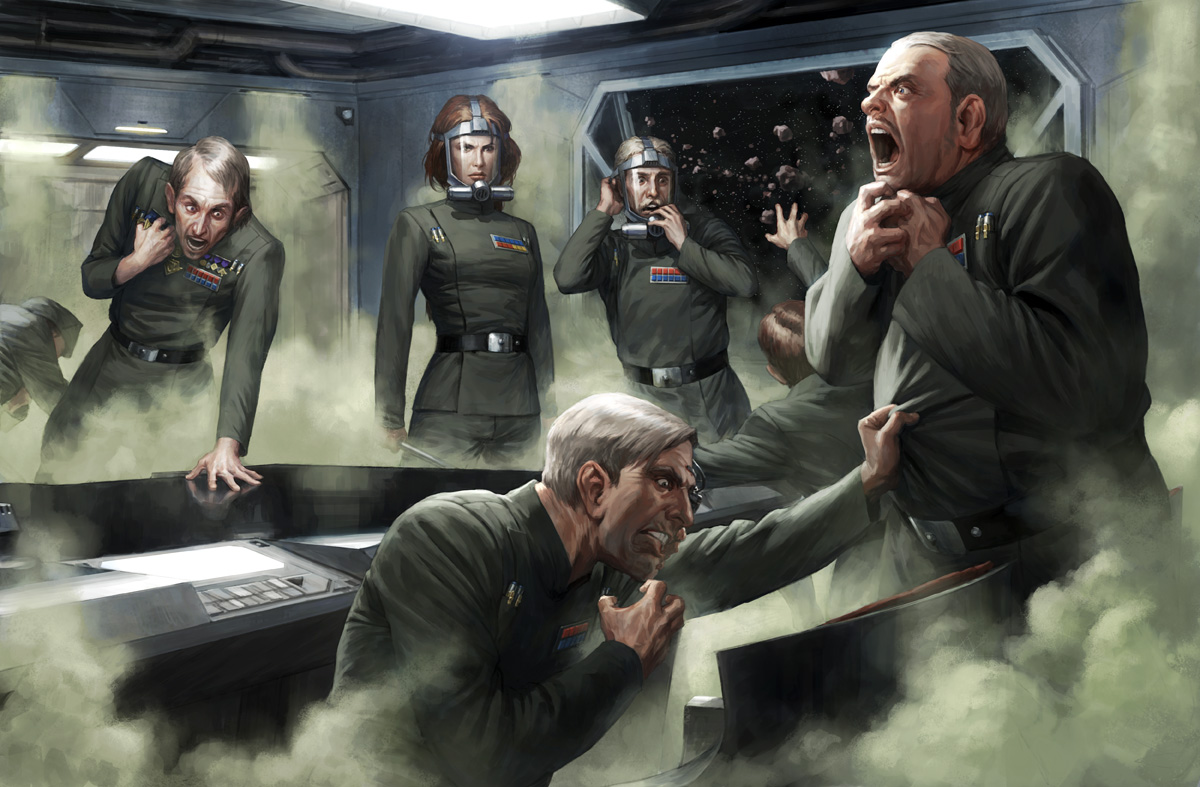 Over the course of this series, we’ve examined many aspects of the Expanded Universe and how they might be improved by a potential (hard or soft) reset of the franchise’s accumulated continuity: the rebellion’s struggles to establish its legitimacy in the aftermath of Return of the Jedi, the long-term prospects of the New Republic and the Imperial Remnant, the recent dysfunctional nature of the New Jedi Order and its failure to reach the (rather low) bar set by its predecessor, and the universe’s persistent inability to let go of the torch and let it conclusively pass to a new generation of heroes.
Over the course of this series, we’ve examined many aspects of the Expanded Universe and how they might be improved by a potential (hard or soft) reset of the franchise’s accumulated continuity: the rebellion’s struggles to establish its legitimacy in the aftermath of Return of the Jedi, the long-term prospects of the New Republic and the Imperial Remnant, the recent dysfunctional nature of the New Jedi Order and its failure to reach the (rather low) bar set by its predecessor, and the universe’s persistent inability to let go of the torch and let it conclusively pass to a new generation of heroes.
Most of these topics have been fairly broad, dealing with overarching plots and themes that involve entire arrays of characters and span dozens of books and several decades – both in- and out-of-universe. For our final act, however, we’ll be coming down from our bird’s-eye view and taking a more personal approach at evaluating the paths our heroes’ lives have taken since they last appeared on-screen in 1983.




